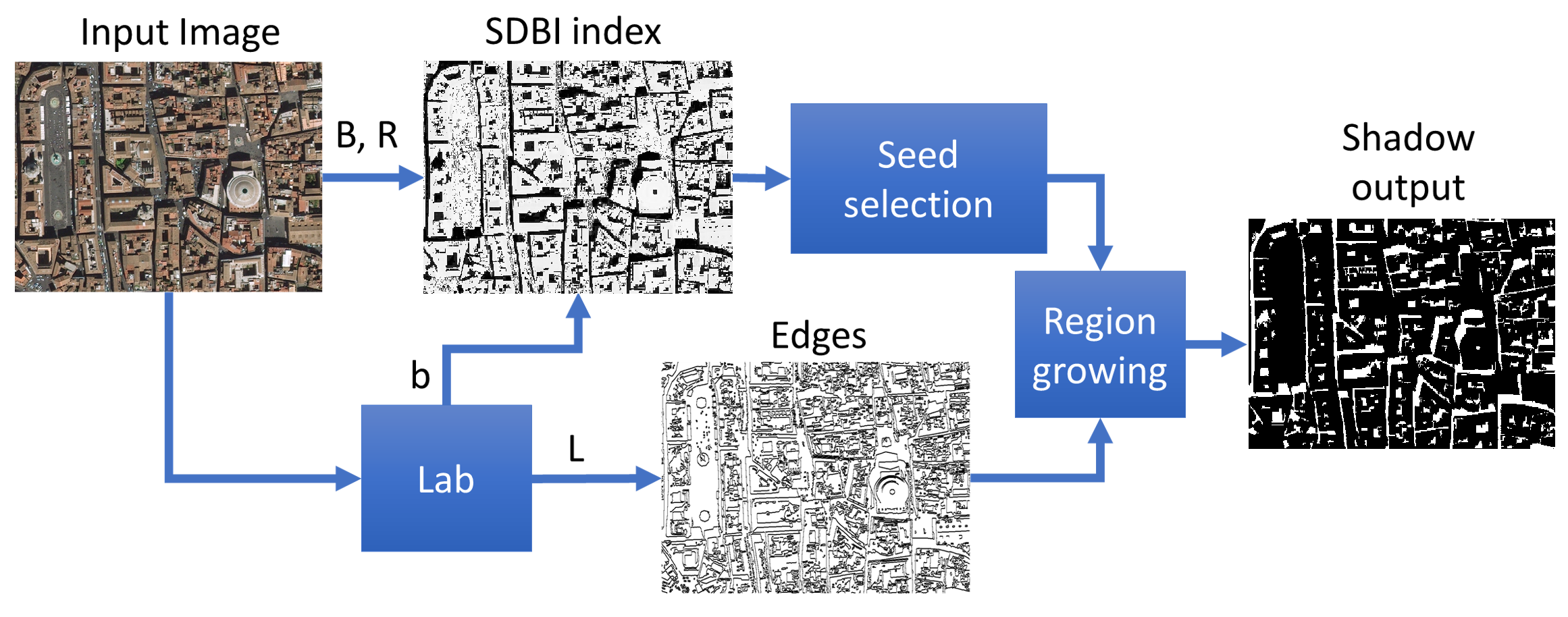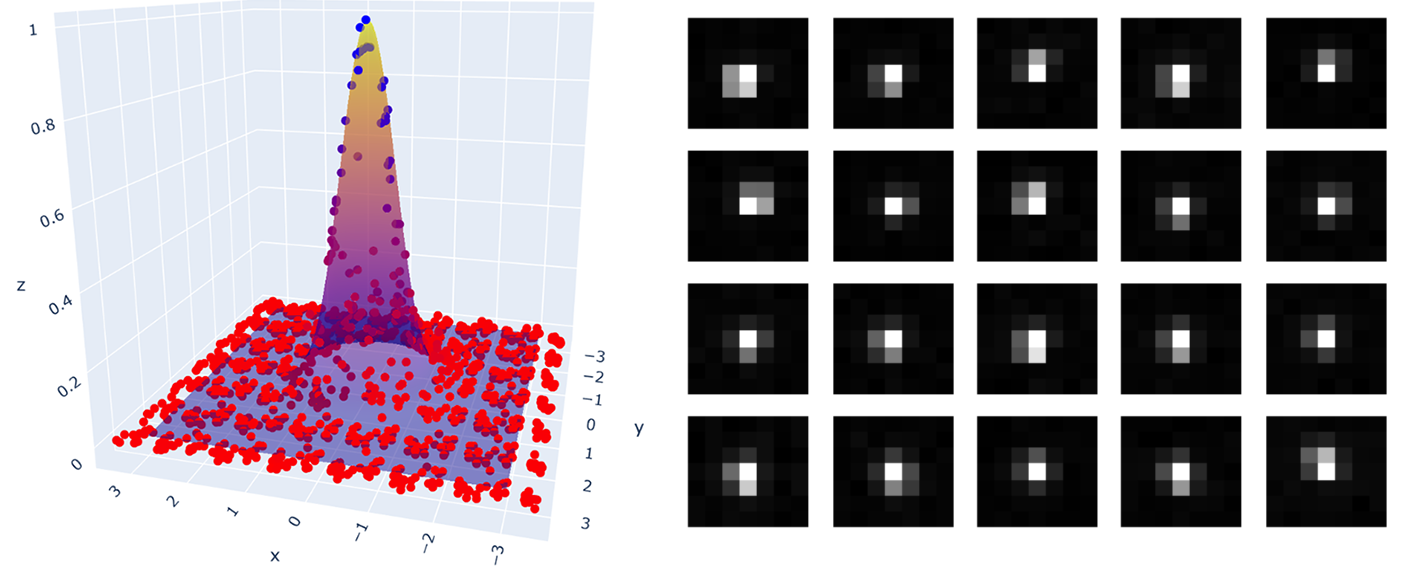Satellite Calibration with Flare
Principal Investigator(s)
Emmett Ientilucci
Research Team Members
David Conran
Project Description
FLARE is a new capability for performing the vicarious radiometric calibration of high, medium, and low spatial resolution sensors. The SPecular Array Radiometric Calibration (SPARC) method employs convex mirrors to create two arrays of calibration targets for deriving absolute calibration coefficients of Earth remote sensing systems in the solar reflective spectrum. The first is an array of single mirrors used to oversample the sensor’s point spread function (PSF) providing necessary spatial quality information needed to perform the radiometric calibration of a sensor when viewing small targets. The second is a set of panels consisting of multiple mirrors designed to stimulate detector response with known at-sensor irradiance traceable to the exo-atmospheric solar spectral constant. The combination of these arrays with a targeting station is the basis for a new, on-demand commercial calibration network called FLARE. https://www.youtube.com/watch?v=2uCW1zacqZI&feature=emb_logo
We are currently working with Labsphere writing algorithms, as well as processing data, for the generation of PSF’s and MTF’s on imagery from the FLARE network.
Figures and Images

The image on the (left) is a collection of 7 mirrors used in a drone experiment to determine the spatial extent of the system PSF. The MicaSense blue channel image of the mirrors can be seen on the (right). The collection of mirrors contained within the Ground Sampling Distance (~7cm) of the MicaSense produces an undersampled version of the system PSF and requires multiple images to construct a well-defined system PSF for this channel.

On the (left) is the constructed oversampled system PSF from a collection of 20 images on the (right). The system PSF is modeled against a 2D Gaussian distribution with a RMSE of approximately 1.4%. Due to the discrete detector elements, the optical PSF is naturally undersampled and phasing can be observed in the 7x7 sub-images on the (left). The phasing of the system PSF makes the reconstruction possible and retrieves the majority of the aliased information. Further processing of the oversampled system PSF will result in a 2D MTF of the imaging system.